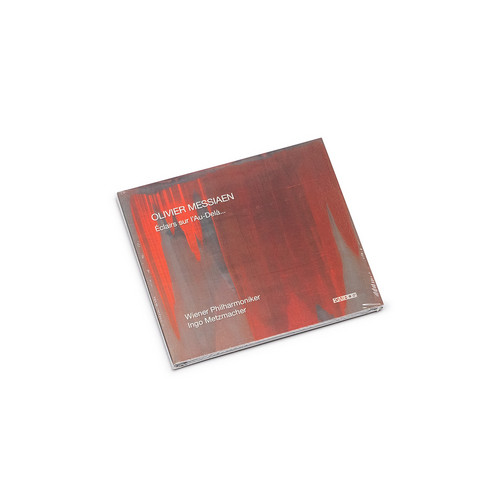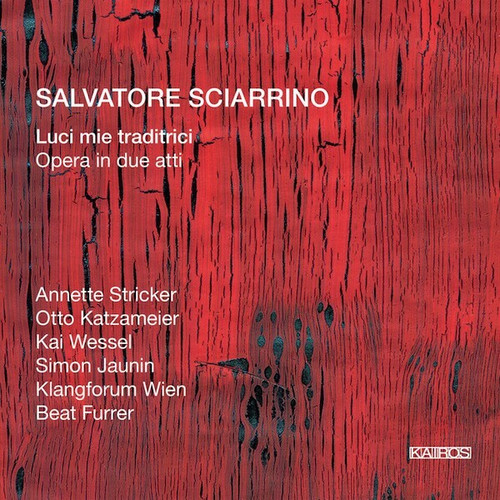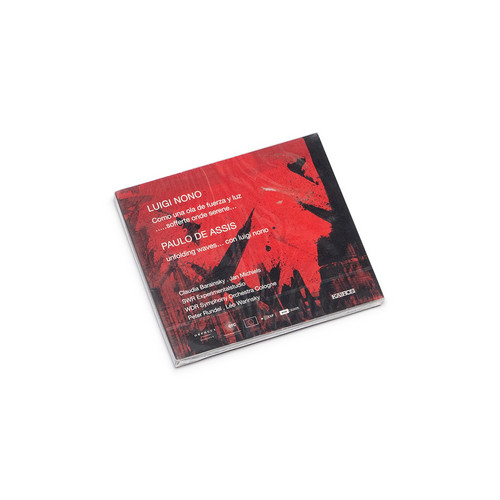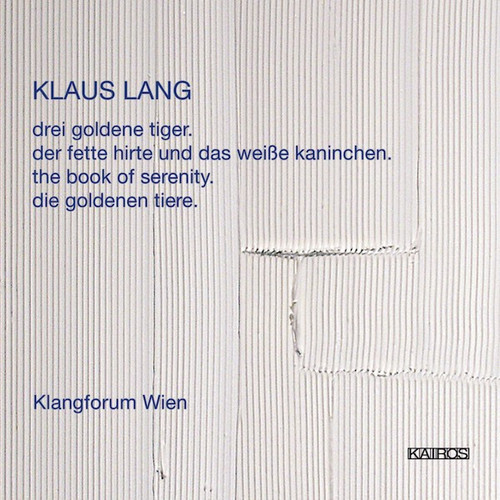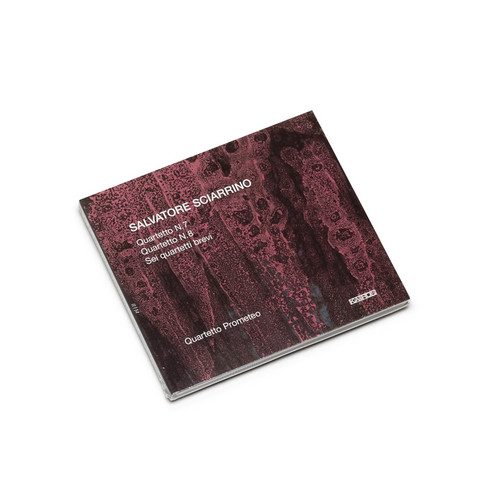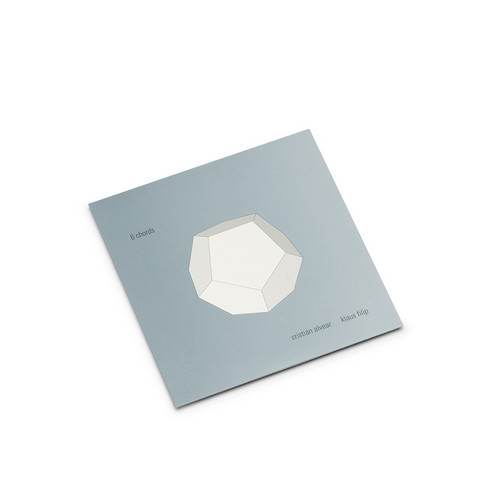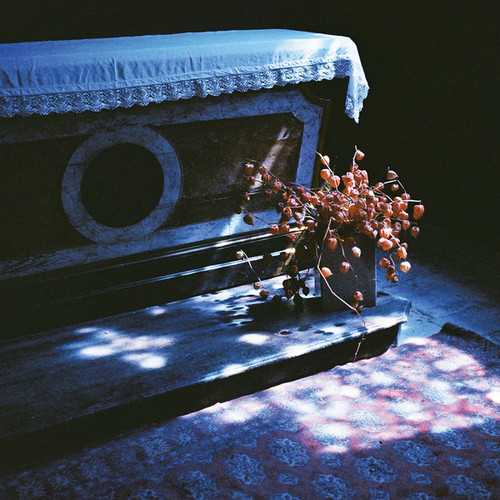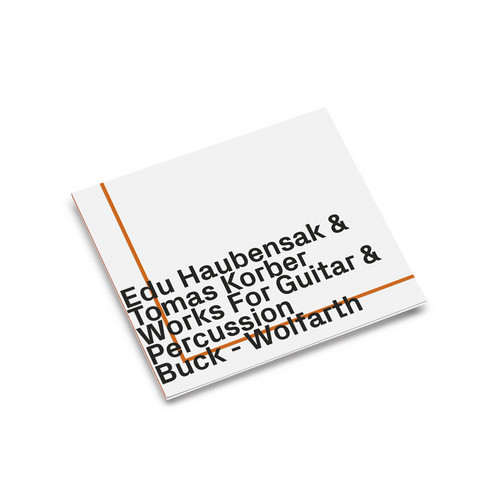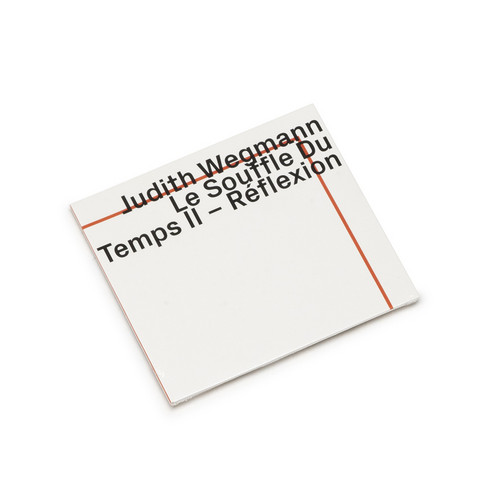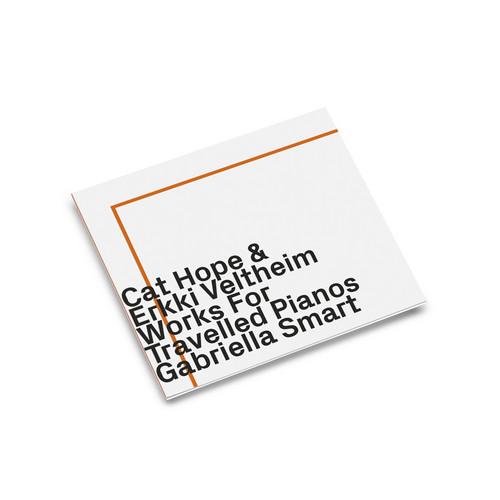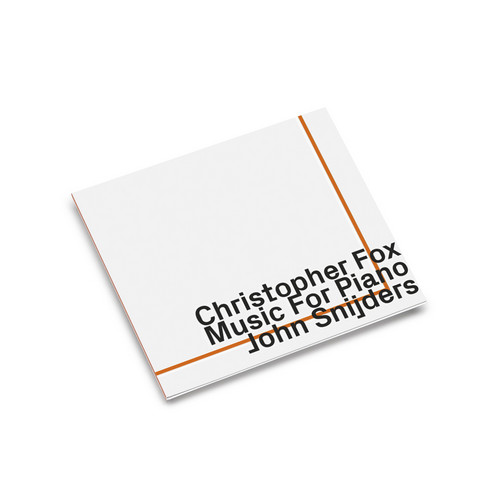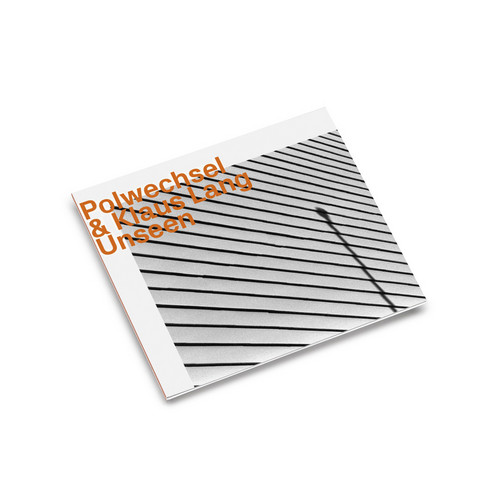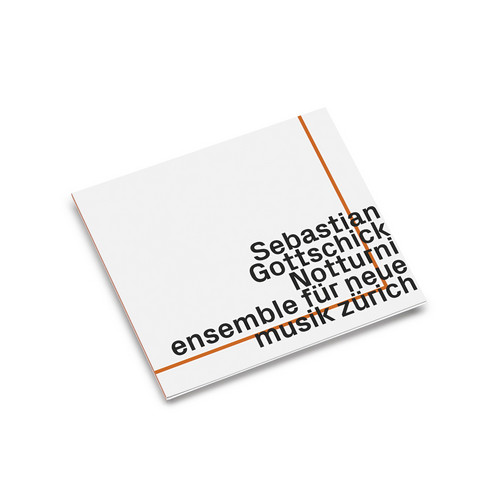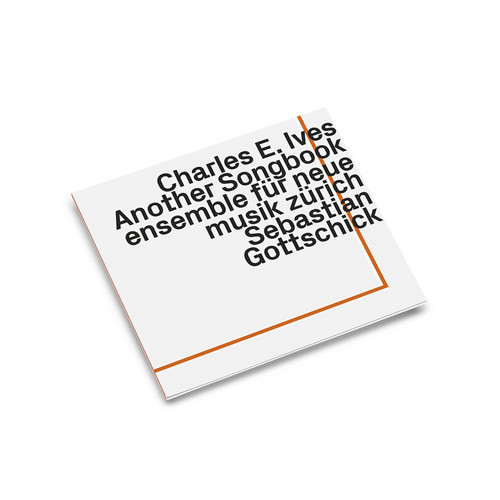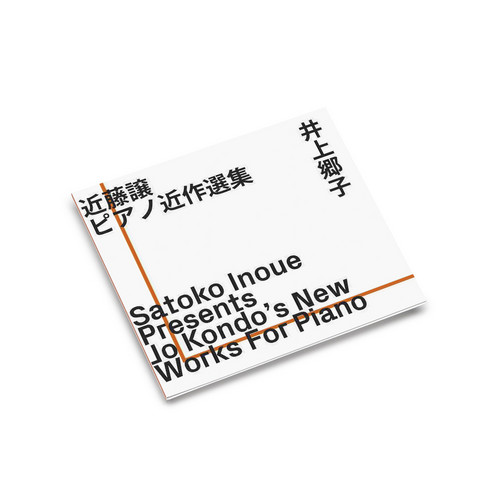Èclairs sur l'Au-Delà...
“I will say: I have given this flame to these eyes; I have drawn from the ambiguous smile of the moon […] these two naïve stars open to the infinite”, wrote the poetess Cécile Sauvage in 1908 to her unborn son, Olivier Messiaen. It is amazing that the poem in a sense expresses in a prophetic manner Messiaen’s interest in and passion for themes that were to accompany him throughout his life: the cosmos, infinity. It goes without saying that the poetic lifestyle of his mother was to have a strong …
Yamaon
Yamaon (1954-1958) for bass, alto saxophone, tenor saxophone, contra bassoon, percussion and doublebass is one of the wildest and most direct works of Scelsis. Just as the composition I presagi completed in the same year, the title warns of the destruction of a Mayan city. As Varèse in Ecuatorial and Nocturnal, Scelsi in Yamaon works with a differentiated repertoire of vowels, consonants, and syllables. These have no linguistic semantic meaning, but convey heterogeneous values of expression. “Wh…
Les Soliloques décortiqués
Les Soliloques décortiqués for 16 musicians is dedicated to the musicians performing this piece. Each instrument is a soloist for 90 seconds, time dedicated for him or her to experiment with instrumental techniques that I consider rather “daring”. Meanwhile, the other 15 instrumentalists try to put the soloist’s “discoveries” on their own instrument. - Vinko GlobokarVinko Globokar (born 7 July 1934) is a French-Slovenian avant-garde composer and trombonist. Globokar's work is noted for its use o…
Luci mie traditrici
A voice behind the curtain. Antique beauty disappears: It will always return, the same music, and each time it will be marked by the wounds of time. And throughout the entire work it accompanies the events that are not told. Little happens, almost nothing. But every action leaves behind infinite echo. Shadings, insinuations, contradictions that accumulate and change; before and after, full and empty; impenetrable silence, in which question blurs into question and answer into answer. A magnificen…
Como una ola de fuerza y luz - Unfolding Waves
Between April and June 1971, after the democratic election of Salvador Allende’s government, Luigi Nono visited Chile for three months, meeting several artists, composers and politicians, among whom was Luciano Cruz Aguayo, one of the leaders of the Movement of the Revolutionary Left (MIR, Movimiento de Izquierda Revolucionaria). Back in Italy, Nono started working on his next musical composition, which was meant to be a piece for piano and orchestra, for Maurizio Pollini and Claudio Abbado. In …
The Book Of Serenity
It was Ludwig Wittgenstein, another Austrian, who already in his debut work identified the borders: in his opinion, he wrote in the preface to his Tractatus logico-philosophicus, he had “essentially resolved” those problems accessible to rational thought, and precisely that would demonstrate “how little is achieved that these problems are resolved.” Even greater emphasis is lent to this insight in the famous sentence with which Wittgenstein closes his Tractatus not even a hundred pages later: „W…
Quartetto N.7 - Quartetto N.8 - Sei Quartetti Brevi
Kairos is proud to announce the release of three string quartets by renowned Italian composer Salvatore Sciarrino, recorded by the brilliant Quartetto Prometeo. The group has worked closely with the composer for years, leading him to dedicate two pieces to it, one of which is included on this CD, the Quartetto No. 8.
The three quartets, Quartetto No. 7, Quartetto No.8, and Sei quartetti brevi were written over a time span of fortyone years, but despite this long range of time, Sciarrino’s idiosy…
6 Chords
Guitarist Cristián Alvear was born in 1979 and lives in Santiago, Chile. Active on the international contemporary/experimental music scene, he has since 2010 released numerous recordings on labels in various countries. Musician and programmer Klaus Filip was born in 1963 and resides in Vienna, Austria. ppooll, the software he developed, is used regularly by many improvisers, including Filip himself.
This album is comprised of a single track of 40 min., 58 sec., divided into six parts. Klaus Fili…
Guitars
Taku Sugimoto is a Tokyo-based guitarist and composer. Improvisation is one aspect of his work, but currently his main activities are composing and performing composed pieces (including those of other composers). He continues his global and concentrated interaction with composers from around the world, particularly those closely connected with Wandelweiser. Ftarri had previously released two albums under Sugimoto's name alone—Septet (2015) and Quintets: Berlin, San Diego (2017). On both CDs, his…
Again & Again
This is the third and final chapter of a project/research on "minimalisms" that the Italian flutist Manuel Zurria, acclaimed instrumentalist and passionate lover of the more adventurous contemporary music, began in 2007. The double CD include near two and a half hours of music, which reveal how much different the approaches to the beloved "minimalist" verb can be. And how much an inquiring and participatory interpretation can lead to exciting results. In this brilliant collection Zurria not only…
Louange à l’Éternité de Jésus (from Quatuor pour la fin du temps) - 10"
Louange à l'éternité de Jésus is the fifth movement for cello and piano from Olivier Messiaen's Quatuor pour la fin du temps (Quartet for the End of Time), adapted here for cello and organ. It was composed while Messiaen was a prisoner of war in Stalag VIII-A, Görlitz, Germany, and first performed with other detained musicians inside the Nazi camp in January 1941. Inspired by the Book of Revelation, this music invokes the composers vision of "immutable peace", in its infinitely slow, ecstatic pa…
Works For Guitar & Percussion
Active since 2010, the German/Swiss duo of classical guitarist Christian Buck and improviser Christian Wolfarth occupies a space between music and sound art, as they perform two works each by Ed Haubensak and Tomas Korber, pieces that make use of time, microharmonies, multiphonics, unusual tuning systems, interference patterns, and other conceptual approaches to music.
Le Souffle Du Temps II - Reflexion
Through preparations, computers, contact microphones, gongs, feedback and other tools, Swiss pianist, composer & improviser Judith Wegmann's work transform the sound of the piano into an otherworldly instrument, set against more traditional acoustic pieces of a reflective nature, together creating a conceptual set of ten pieces in a uniquely flexible approach.
Works For Travelled Pianos
As part of her Colonial Piano Project, Australian pianist Gabriella Smart commissioned and performs "Kaps Freed" by Cat Hope, a contemplation of composer Percy Grainger's Free Music ideals, with Stuart James on electronics; and the alliterative "Two New Proposals for an Overland Telegraph Line ..." by Erkki Veltheim, inspired by the 1st piano to arrive in Alice Springs, AU.
Music For Piano
Six compositions for solo piano written by English composerb Christopher Fox between 1991 and 2015, performed by Netherlands pianist John Snijders at Abbey Road Studios in London, each work uniquely approached in both writing and performance, each a concept or style that brings something unique to Fox's music while still retaining his voice and character in composition.
Out Of The Hole
West Coast composer and saxophonist Noah Kaplan, associated with Anthony Coleman, David Tronzo, Peter Erskine, Rinde Eckert, Joe Morris, Mat Maneri, Joe Maneri, &c., here in his 3rd album with his Noah Kaplan Quartet, in a set of original compositions and one standard performed with Joe Morris (guitar), Giacomo Merega (electric bass) & Jason Nazary (drums, electronics).
Unseen
The innovative acoustic free improvising ensemble Polwechsel, bridging contemporary music and free improvisation in ways that sound deceptively electroacoustic and comprised of Michael Moser on cello, Werner Dafeldecker on double bass, and Martin Brandlmayr & Burkhard Beins on cymbals & percussion, are joined by Klaus Lang performing on the church organ of St. Lambrecht's Abbey.
Notturni
Seven works composed in the 21st century by Sebastian Gottschick, who arranges and conducts the Ensemble Fur Neue Musick Zurich, configured as an ensemble with percussion, a sextet, a chamber ensemble with baritone and soprano, and performing himself solo on viola; sophisticated and modern works that employ complex tonality, timbre and playing techniques.
Another Songbook
Conductor Sebastian Gottschick presents an additional selection of songs and chamber music works from composer Charles Edward Ives that reflect this broad range, 20 mostly brief and innovative works composed between 1898 and 1921, blurring the boundaries between genres through unusual motifs, themes, gestures and phrases that appear in new vocal and/or instrumental contexts.
Satoko Inoue Presents Jo Kondo's New Works For Piano
The second album of piano works from Japanese composer Jo Kondo performed by pianist Satoko Inoue--a noted interpreter of solo works by Feldman, Ferrari, and Cage--here presenting all of Kondo's works for solo piano written from 2001 to 2012, alongside two early works from 1975, exploring a wealth of harmonic, rhythmic, and conceptual ideas from a diversity of projects.
